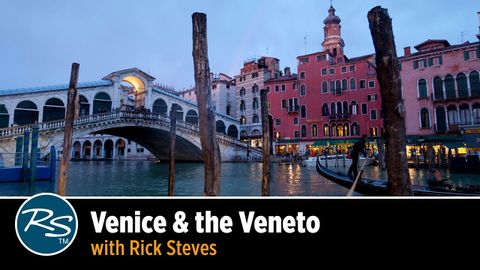
Subtitles & vocabulary
Italy: Venice & the Veneto
00
Ntiana posted on 2017/05/25Save
Video vocabulary
sort
US /sɔrt/
・
UK /sɔ:t/
- Transitive Verb
- To organize things by putting them into groups
- To deal with things in an organized way
- Noun
- Group or class of similar things or people
A1TOEIC
More bunch
US /bʌntʃ/
・
UK /bʌntʃ/
- Noun (Countable/Uncountable)
- A group of things of the same kind
- A group of people.
- Transitive Verb
- To group people or things closely together
B1
More ancient
US /ˈenʃənt/
・
UK /'eɪnʃənt/
- Adjective
- Very old; having lived a very long time ago
- Relating to a period in history, especially in the distant past.
- Noun
- A person who lived in ancient times.
A2
More pitch
US /pɪtʃ/
・
UK /pɪtʃ/
- Transitive Verb
- To suggest a product, idea to make someone buy
- To throw a baseball to a batter
- Noun
- Act of throwing a baseball for someone to hit
- Playing fields in sports, e.g. for soccer
B1TOEIC
More Use Energy
Unlock All Vocabulary
Unlock pronunciation, explanations, and filters
